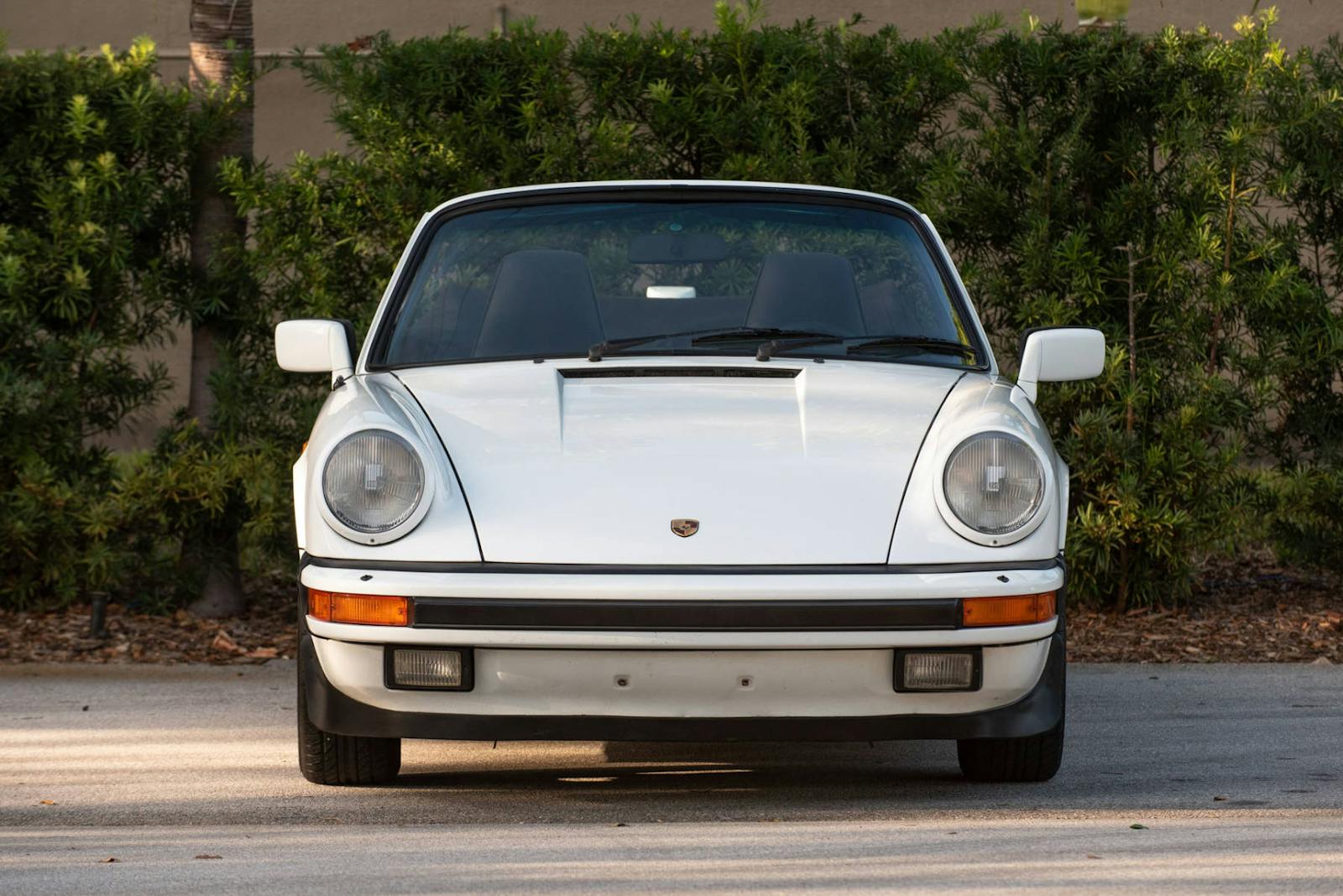Rare 1954 Aerocar may fly off the auction block at Scottsdale
Perhaps you’ve always wanted to fly through city traffic—OK, technically, above it. Who hasn’t? But you also enjoy taking old-school cruises on scenic country roads. Not to worry, we’ve got you covered. Barrett-Jackson is offering this 1954 Taylor Aerocar at its Scottdale, Arizona, auction next month.
Developed by aeronautical engineer Moulton (Molt) Taylor in Longview, Washington, the Aerocar is the only vehicle in the U.S. that is both roadworthy and airworthy, with full FAA certification. Taylor had hoped to secure an investor and put the Aerocar into full production, but ultimately only five or six (depending on the source) were completed.
The 1954 Aerocar up for bid (VIN #S66103W / registration #N101D) was formally on display at the Golden Wings Flying Museum in Minneapolis. It is being offered without reserve and without a pre-auction estimate. It has been offered for sale at least twice in the past, however—for $1.25M in 2012 and $895K more recently.
Taylor’s Aerocar followed earlier car-plane creations like the Curtis Autoplane, the Convair Model 116, and Robert E. Fulton Jr.’s Airphibian. Taylor was planning to build his own (conventional) flying machine—an amphibious plane he called the Duckling—when, in 1946, he bumped into Fulton while scouting production sites in New Castle, Delaware. According to fiddlersgreen.net, Fulton gave Taylor a demonstration of the Airphibian’s capabilities, and Taylor walked away impressed. He was also inspired—and highly motivated—to build a better mouse trap. Bye, bye, Duckling.
“I saw it fly and watched [Fulton] leave the wings and tail behind and drive off in the car,” recalled Taylor, who passed away in 1995. “I thought, ‘That’s a good idea, but I can do better.’”
20191203182947)
For two decades, Taylor’s Aerocar was in an almost-constant state of evolution. The ’54 Aerocar, yellow with a black tail section and interior, was the culmination of his first five years of work. It is powered by a naturally-aspirated, 320-cubic-inch O-320 Lycoming four-cylinder engine that produces nearly 150 horsepower.
The cabin seats two abreast, and both car and aircraft controls are seamlessly integrated. Set in “car mode,” the giant rear-mounted engine sends power to the front wheels. The wings, propeller, and fuselage are towed behind in an 8-foot trailer. Transforming the Aerocar into a flying machine can be completed in less than 30 minutes. While in “aircraft mode,” a Hartzell two-blade HA12 UF propeller sends the car skyward and keeps it aloft.
The aircraft is 21 feet, 6 inches long, 7 feet, 2 inches tall, and has a wingspan of 34 feet. It has a cruising range of 300 miles, an altitude ceiling of 12,000 feet, a top speed of 112–117 mph, and an optimal cruising speed of about 100 mph. It can climb 550–600 feet per minute.
According to Barrett-Jackson, the Aerocar has been driven 15,254 miles and has accumulated 781 flight hours during its 65 years in existence.
Taylor, who hailed his creation as “The car with the built-in freeway,” may have ultimately failed in his attempt to put an Aerocar in every garage, but he didn’t regret trying.
“Oh, I had a ball,” Taylor once said. We’re guessing the high bidder at Barrett-Jackson will feel the same, all the way up there in the stratosphere.
20191203183056)
20191203182956)
20191203183004)
20191203183014)
20191203183023)
20191203183032)
20191203183043)
20191203183104)

